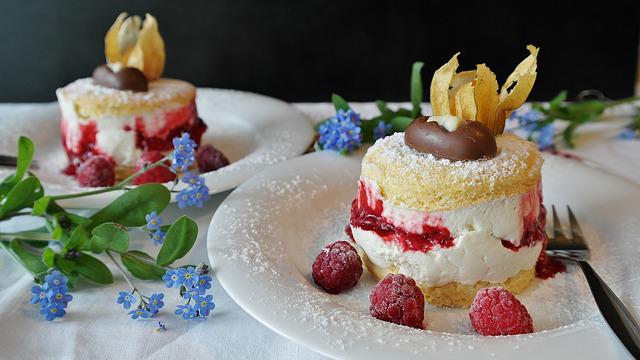In today’s fast-paced world, children are often just as affected by stress and distractions as adults. With the constant stimuli from screens, school pressures, and extracurricular activities, finding ways to help children relax and focus has become essential. One powerful tool to achieve this is mindfulness. By exploring mindfulness with your child, you can equip them with valuable skills for managing stress, improving concentration, and fostering emotional resilience.
What is Mindfulness?
Mindfulness is the practice of being fully present in the moment, and aware of your thoughts, feelings, and surroundings without judgment. It involves paying attention to the present experience with openness and curiosity. For children, mindfulness can help them understand their emotions better, enhance their attention spans, and promote a sense of calm.
Benefits of Mindfulness for Children
- Emotional Regulation: Mindfulness helps children recognise and manage their emotions more effectively. They learn to respond to situations calmly rather than reacting impulsively.
- Improved Focus: Regular mindfulness practice can enhance a child’s concentration and attention, making it easier for them to focus on tasks and schoolwork.
- Reduced Anxiety and Stress: Mindfulness teaches children techniques to cope with anxiety and stress, providing them with tools to navigate life’s challenges with greater ease.
- Enhanced Self-Awareness: Through mindfulness, children develop a better understanding of their thoughts and feelings, fostering greater self-awareness and empathy.
Introducing Mindfulness to Your Child
Here are some practical tips to help you introduce mindfulness to your child:
- Start with Simple Breathing Exercises
Begin with basic breathing exercises. Teach your child to take slow, deep breaths in through the nose and out through the mouth. You can turn this into a fun activity by pretending to blow up a balloon or imagining they are blowing out candles on a birthday cake. Practising deep breathing helps children calm their minds and bodies.
- Practice Mindful Listening
Encourage your child to focus on the sounds around them. Go outside and sit quietly together, listening to birds chirping, leaves rustling, or distant traffic. Ask your child to describe what they hear. This practice enhances their ability to pay attention and be present in the moment.
- Use Guided Imagery
Guided imagery involves using the imagination to create calming and positive mental images. You can guide your child through a peaceful scenario, such as walking on a beach or floating on a cloud. There are many apps and online resources with guided imagery scripts specifically designed for children.
- Create a Mindfulness Jar
A mindfulness jar is a fun and interactive way to teach mindfulness. Fill a jar with water and add glitter or small beads. When your child feels stressed or upset, shake the jar and watch the glitter settle. This activity symbolises how thoughts can swirl around but eventually settle when we are still.
- Encourage Mindful Eating
Turn mealtime into a mindful experience by encouraging your child to eat slowly and pay attention to the taste, texture, and smell of their food. Ask them to describe what they notice. Mindful eating helps children appreciate their food and develop healthier eating habits.
Making Mindfulness a Routine
Consistency is key when it comes to mindfulness. Set aside a few minutes each day to practice mindfulness with your child. It can be part of their bedtime routine, a way to start the day, or a calming activity after school. The more regular the practice, the more benefits your child will experience.
Exploring mindfulness with your child is a rewarding journey that can enhance their overall well-being. By teaching them to be present and mindful, you are giving them tools to navigate life’s challenges with grace and resilience. Start with simple practices and make mindfulness a regular part of your routine. Over time, you’ll likely notice positive changes in your child’s ability to manage stress, focus, and connect with their emotions. Together, you can create a more mindful and harmonious family life.








1 Pingback